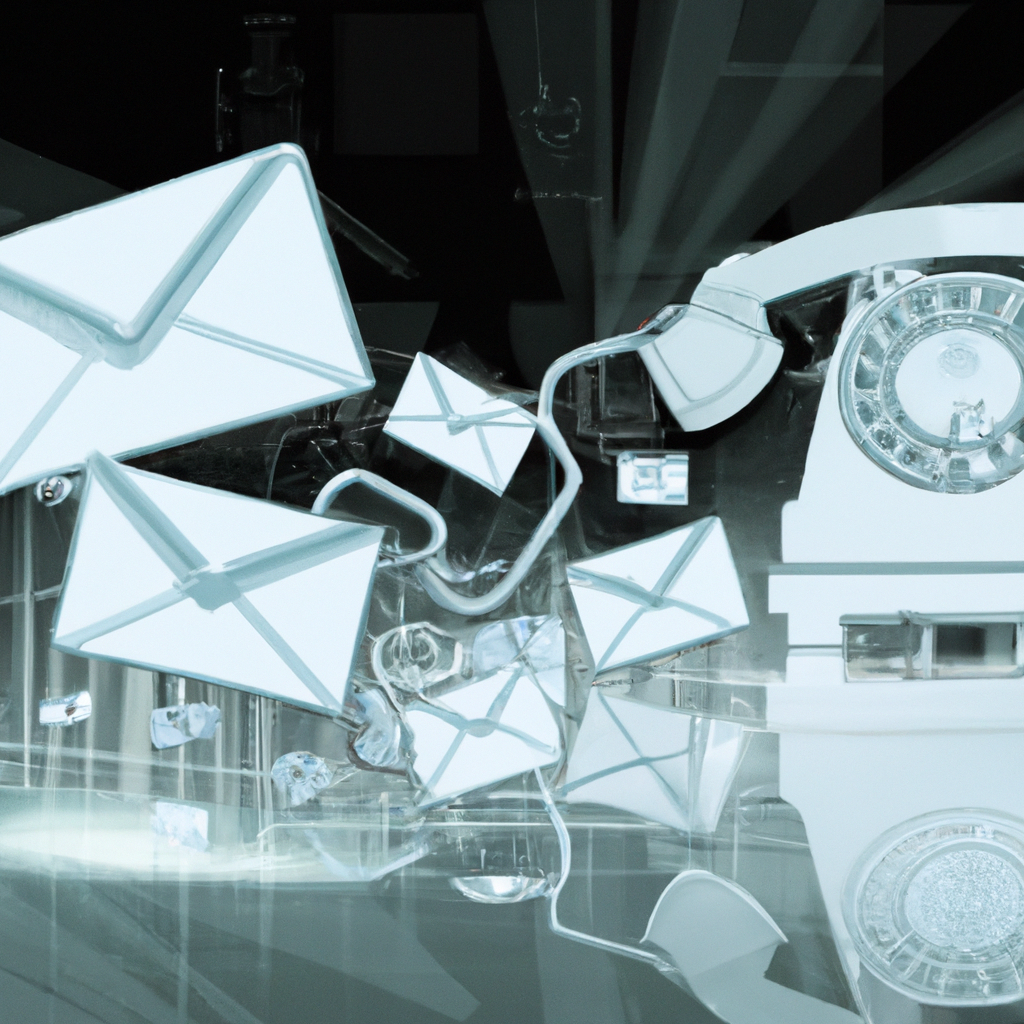In today’s digital era, remote work has become a norm for many businesses worldwide. As the need for seamless communication and collaboration across distributed teams continues to be a priority, the traditional use of email as the primary method of communication is being scrutinized. While email does provide a written record of correspondence and allows for asynchronous communication, it may not be the most effective or efficient tool for all scenarios. Organizations are now seeking to diversify their communication tools to enhance remote teamwork and productivity.
Exploring Alternatives to Email for Remote Team Communication
In a remote work scenario, the right tools can make all the difference. Real-time communication tools such as Slack and Microsoft Teams are becoming popular alternatives to email. These platforms facilitate instant messaging, file sharing, and even video conferencing, all in a single interface. This reduces the time spent in managing multiple platforms and accelerates team communication.
Another alternative is the use of project management tools like Asana, Trello, or Jira. These tools go beyond communication by providing a clear record of tasks, deadlines, and project progression. They allow team members to see who is in charge of what, and what the current status of various projects is. This sort of transparency can lead to a greater sense of accountability and team cohesion.
The Impact of Diversified Communication Tools on Remote Work Efficiency
A diversified communication toolkit can significantly enhance the efficiency of remote teams. Instant messaging, for instance, can eliminate the delays inherent in email communication, providing a quicker resolution of doubts or issues. Video conferencing tools, on the other hand, can help in replicating the face-to-face interaction of an office setting, thereby fostering a sense of camaraderie and aiding in the building of professional relationships.
Moreover, project management tools allow for an organized view of tasks and deadlines, reducing the chances of miscommunications and missed deadlines. They also provide an avenue for feedback and recognition, which can boost team morale and productivity. Besides, tools like Dropbox and Google Drive facilitate the easy sharing and collaboration on documents, reducing the need for lengthy email threads and attachments, and making the process more streamlined.
To sum it up, while email remains a significant communication tool, diversifying the communication toolkit can lead to more efficient and effective collaboration among remote teams. By adopting an assortment of tools designed for instant messaging, video conferencing, project management, and document sharing, organizations can ensure smoother, faster, and more transparent communication. As remote work continues to be an integral part of many businesses, it’s crucial for organizations to continually reassess their communication strategies and tools, to stay relevant and productive in this digital age.

No responses yet